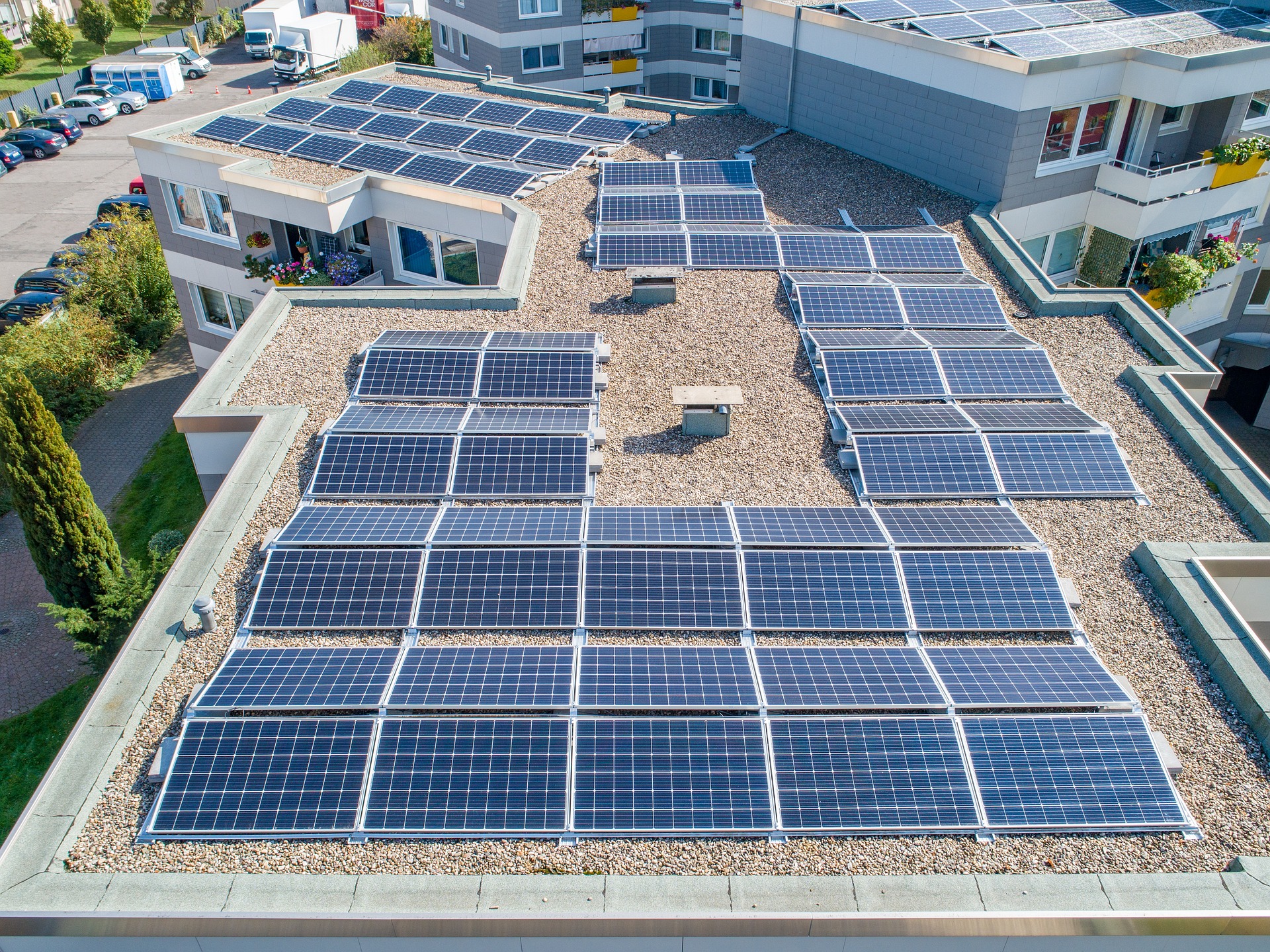8 Non-Conventional Energy Resources You Didn’t Know Existed ! The primary sources of energy that power our homes and transportation each day are non-renewable and damaging to the environment, such as fossil fuels like coal, natural gas, and oil. These traditional energy resources are expensive and hard to come by in areas of the world where demand far outweighs availability. But there are plenty of alternative energy resources available, some of which you may not know about already! Here are 8 non-conventional energy resources that you didn’t know existed.
1. Wave power
Wave power, also known as Wave Kinetics, is a clean renewable energy source that captures the movement of waves to produce electricity. Waves represent the most powerful force in nature so it only makes sense that we’d harness their energy for ourselves. This environmentally friendly power system was first developed in 1991 and has grown tremendously over the years. The typical design consists of a seafloor structure (a wave harvester) that is anchored to the bottom of the ocean, while a float moves up and down as waves pass overhead. This motion drives an electrical generator inside of the device and sends current to shore via underwater cables. The equipment onshore converts this current into AC power and transmits it through transmission lines. Wave power can be used to provide continuous, sustainable electricity 24 hours a day and 7 days a week. These types of systems can often generate more than enough power for local communities and are low cost since they have minimal moving parts which require little maintenance. A few disadvantages include the high initial cost when building these systems and the fact that they may not work well in shallow water or areas with large tidal ranges or wind shear. There are currently no commercial-scale wave power plants around the world, but there are some small pilot projects testing out this technology like Scotland’s Dounreay seabed turbine which produces about 1/10th of one megawatt.
2. Hydroelectricity
Hydroelectricity is the largest producer of renewable energy in the United States. It is also a clean and cost effective means of generating power that can be used to create electricity. Hydroelectricity uses the natural water cycle to drive turbines connected to an electric generator, which produces electricity from kinetic and potential energy in the water (energy such as wind or solar can be converted into electrical energy). If you are thinking about starting a business related to hydroelectricity, it would be wise to first consider how much water flow is available where you are located. Look for areas where heavy rain causes lots of flooding but there’s not enough elevation change so it can’t run off; this would create ideal conditions for large waterfalls – perfect for hydropower plants!
3. Tidal Power
Tidal power is a form of sustainable energy that utilizes the kinetic energy of ocean tides. Tides occur due to the gravitational pull of the sun and moon on earth’s water, which causes water to flow from one side of the earth towards the other side. The difference in height between high tide and low tide is due to these tides reaching their maximum or minimum heights depending on which way they are going. These maximum and minimum heights affect our tidal turbines that we use as a generator; they generate electricity when currents flow into them with enough force.
Tidal generators are known for being clean sources of renewable energy because they produce no toxic waste, unlike most fossil fuels and nuclear power plants, which produce both air pollutants such as carbon dioxide and toxins like mercury as well as radioactive waste.
4. Geothermal Energy
Geothermal energy can be harnessed to provide sustainable energy through the use of a system of piping and heat exchange. Geothermal plants tap into energy created by the natural heat of the earth that is released as steam or hot water in aquifers located up to 10 miles below the surface. This heated liquid comes up to a facility on the surface, where it’s turned into either electricity or hot water and sent back down. This form of energy is renewable and emission free, making it very environmentally friendly.
5. Ocean Thermal Energy Conversion
OTEC uses the different temperatures of water at the ocean’s surface to generate electricity. OTOC is more common than OTEC because they only use one temperature of water, making it easier to control and more cost effective. The heat at the ocean’s surface is put into a heat exchanger that heats an absonant liquid. This liquid is then turned into steam, which powers a turbine that generates electricity. Heat from the exhaust steam can be used for desalination or industrial processes.
6. Bioenergy
Bioenergy refers to energy obtained from biomass conversion, which can be in the form of: biofuels, such as ethanol fuel and biodiesel; biogas from gasification of organic material; and heat from pyrolysis. There are many types of bioenergy that use biomass for conversion into renewable sources of energy. Biofuels are a liquid fuel produced by distilling plant matter like corn, sugarcane, and wheat. They may be used as replacement fuels in cars or aircraft engines. Biodiesel is an alternative diesel made out of soybean oil or canola oil. Biodiesel produces less pollution than conventional diesel fuel because it has very low sulfur content.
7. Solar
- Hydropower – Solar power is usually used to drive electrical generators and provide electricity to homes, businesses, or other buildings. Hydropower also drives turbines to produce mechanical energy that can be transformed into electricity using generators. It’s produced when running water (from dams or natural sources) pushes against a turbine connected by a shaft to a generator above it.
- Geothermal – Geothermal energy comes from steam moving up from inside the earth, either near volcanic activity or hot springs with temperatures of at least 300 degrees Fahrenheit (150 Celsius). This super-heated water turns turbines located near these thermal zones, producing mechanical energy that can be converted into electricity with generators at the surface of the earth.
- Bioenergy- Bioenergy is any form of renewable energy that relies on biological processes to make heat, light, or electricity. The most common types are wood burning for heat and solar photovoltaic panels for electricity production.
- Wave power- Waves are naturally formed as winds move across large bodies of water like oceans, lakes, and rivers; this motion creates waves which carry kinetic energy in their currents. Wave power takes advantage of this kinetic energy by catching waves as they travel past shorelines and then converting their movement into usable electric current through an undersea cable.5A: Geothermal Heat Pumps: 5B: Wind Turbines: 5C: Natural Gas.
- Waste-to-Energy Conversion – Waste-to-energy conversion plants convert waste materials into energy by incinerating them and turning them into steam. The steam turns turbines to generate electricity just like in conventional coal plants.
- Hydroelectricity – Hydroelectricity works by damming a river upstream so the weight of the water will push down on the bottom part of the dam, allowing some water to flow over it onto an empty reservoir below the dam.
8. Wind Power
Wind power is a renewable energy source, which can be harnessed without being dependent on oil, gas or other fossil fuels. Wind turbines are the most common type of wind power device to generate electricity. Wind power is advantageous because it doesn’t produce any emissions into the air, which helps reduce pollution in our environment. In many rural areas around the world there is a shortage of natural resources to sustain everyday life and wind turbine’s present a solution to this problem. They create clean power and they can be placed on almost any surface whether it’s water or land with relative ease because they are mobile machines. Furthermore, wind generators provide low operating costs and little maintenance costs. For example, the construction cost of offshore wind farms ranges from £1bn to £2bn ($1.5bn to $3bn) per megawatt (MW), while the cost of an onshore project is between £750m ($1bn) and £2bn ($3bn).
The initial capital expenditure for these turbines is much higher than solar panels or photovoltaic panels but their long term output makes them worth investing in as an alternative source of power.




